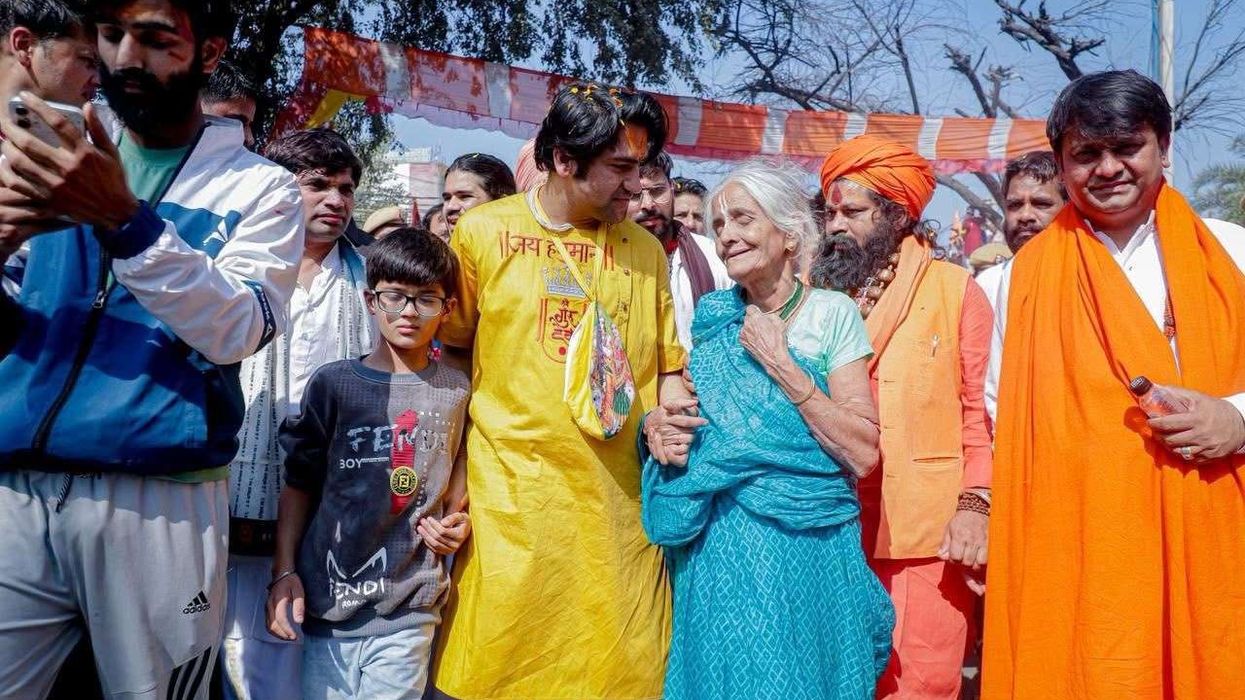Sri Lankan batting great Kumar Sangakkara has said he is currently in self-quarantine, following his government''s guidelines for those recently returning from Europe, which has now become the epicentre of the COVID-19 pandemic.
The authorities are concerned over people returning from the most-affected COVID-19 countries in Europe not registering with the police and practising isolation.
"I have no symptoms or anything like that, but I'm following government guidelines," Sangakkara told News First.
"I arrived from London over a week ago and the first thing was there was a news bulletin saying that anyone who had travelled from within March 1 to 15 should register themselves with the police and undergo self quarantine. I registered myself with the police."
The former captain said this even as the government confirmed there have been at least three cases of recent returnees attempting to hide the novel coronavirus symptoms from authorities.
Both Sangakkara and his former teammate Mahela Jayawardene have been active on social media, urging Sri Lankans to avoid panic and to exercise proper social distancing, as the country went into curfew on Friday evening.
Sri Lanka has so far reported more than 80 active COVID-19 positive cases in the country.
Across the world, the number of infected has crossed three 300,000 with a death toll of more than 14,000 people.
Meanwhile, former Australia pacer Jason Gillespie has also gone into a two-week isolation after returning from the United Kingdom.
Gillespie, who is the head coach at Sussex, had been in Cape Town with the team for a pre-season tour, which was cut short as a result of the coronavirus outbreak.












